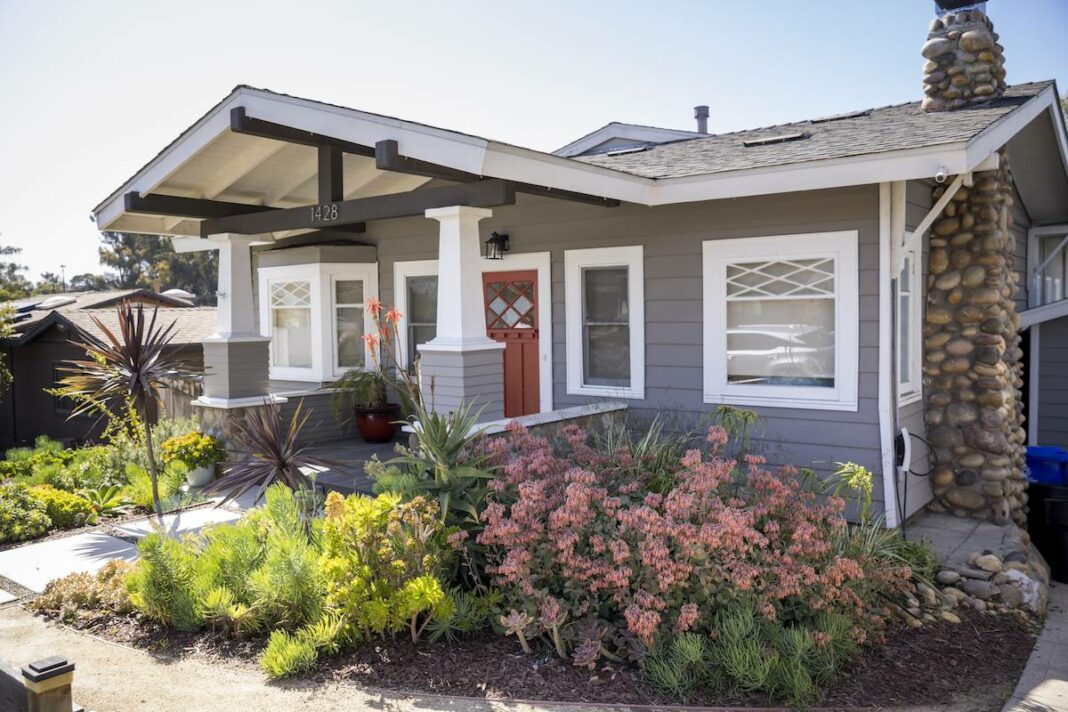Historic preservation is considered the “ultimate recycling.”
To: Bluedot Living
From: Ginger Weatherford, MPS, architectural historian and historic preservationist
“The greenest building is … one that is already built,” said Carl Elefante, the former president of the American Institute of Architects. Comparing the environmental responsibility of appropriately retrofitting a historic building versus constructing a new green building, the Preservation Green Lab of the National Trust for Historic Preservation found that it takes ten to eighty years of operating savings in a new green building to recoup the negative climate change impacts of its construction. This groundbreaking study concludes that adaptive reuse, rather than demolition and new construction, is a greener option for almost every building across the country.
Historic neighborhoods are just as important as historic buildings. In fact, if Los Angeles did nothing but protect its historic neighborhoods, it would end up having simultaneously advanced a comprehensive sustainable development agenda. Density, walkability, bikeability, and a live-work lifestyle are important quality-of-life measurements. If you want to dig deeper, check out how historic neighborhoods are the living embodiment of all ten Smart Growth principles.
For people living in buildings constructed before 1980, there are ways to reduce energy consumption and lower energy bills while still preserving its historic fabric. Learn Eight Ways to Green Your Historic House, which include keeping the original windows and changing your lightbulbs.
Preservation creates jobs and affordable housing, revitalizes downtowns, prevents foreclosures, helps strengthen the real estate market, supports startups and young businesses, provides density on a human scale, and is environmentally responsible. Read more in 24 Reasons Historic Preservation is Good for Your Community.
Since Los Angeles has a variety of building types and development patterns, such as mid-century buildings and bungalow courts, we can learn from the report Preservation Positive Los Angeles. Through the use of tools like L.A.’s Adaptive Reuse Ordinance, other California cities could develop broader, practical preservation concepts beyond historic designation.
While recycling rates of building materials are high, up to a quarter of what goes into Los Angeles landfills comes from construction — and most of that is from demolition. “For example,” the report states, “the demolition of a 2,000-square-foot house in Los Angeles generates 295 cubic yards of debris, weighing 84 tons. Reuse keeps building materials out of the waste stream, preserves embodied energy, and creates less air and water pollution than recycling.”
Historic preservation is considered the “ultimate recycling.” It’s about preserving buildings and sites as well as the stories and traditions connected to those places. Preservation tells the full story of who we are, and it’s also good for the environment!
For more information and inspiration, visit gingerweatherford.com.


